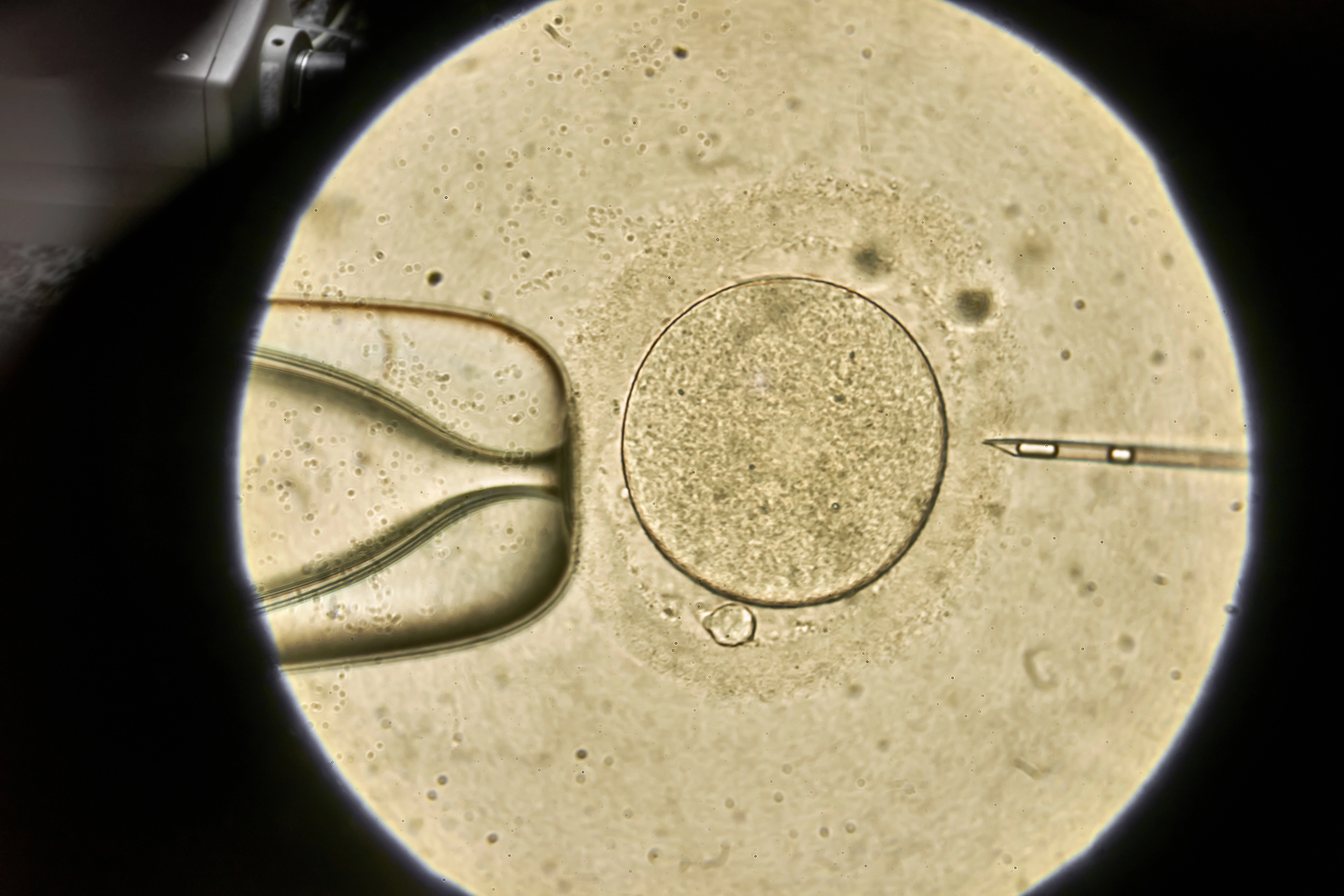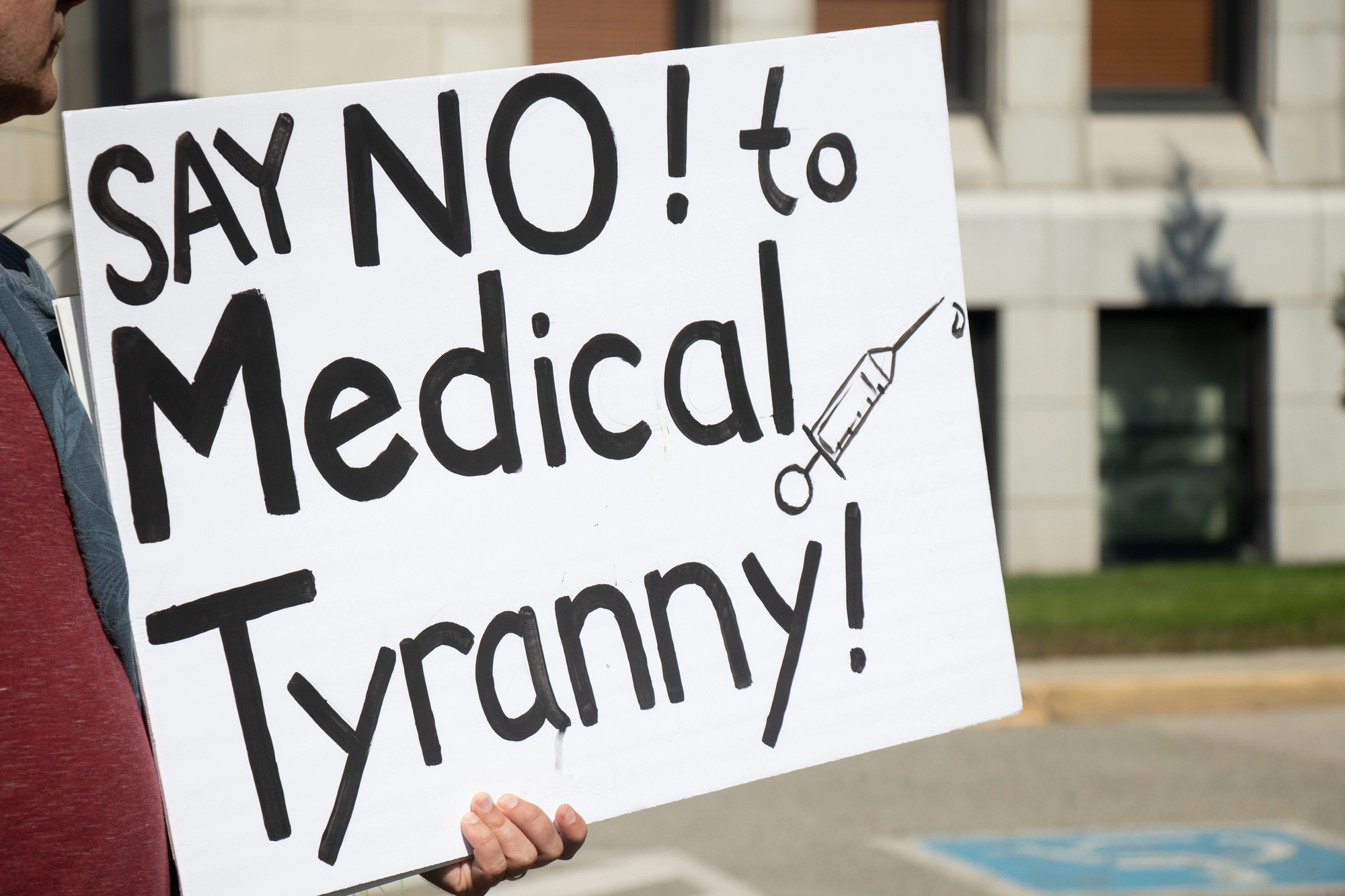Defining Death: One Size Fits All?

In 1844, Edgar Allen Poe published a short story titled The Premature Burial. The main trope at play in the story was the common Victorian fear of being buried alive. The main character suffers from a condition which causes him to fall into catatonic states in which it is difficult to detect breath. The body exhibits little to no motion. In response to his all-consuming fear, he designs a coffin that will allow him to alert the outside world through the ringing of a bell if he is confused for dead and accidentally buried alive.
Determining when death has occurred is not an easy matter, either historically or in the modern age. In some cultures, family members would wait until putrefaction began in order to bury or otherwise perform death ceremonies with the bodies of their loved ones, just to make sure that no one was being disposed of who was, in fact, still alive. As time progressed, we used the presence of circulatory and respiratory functioning to determine that someone was alive. The modern world presents a new set of puzzles: we are able to keep the circulatory and respiratory function going indefinitely with the help of medical technology. When, then, is a person dead?
The way that we answer this question has significant practical consequences. Hospitals are frequently low on beds, personnel, and other resources, especially during outbreaks of disease. Patients can only permanently vacate those beds when they are well enough to leave or when they are dead. We also need to be able to harvest certain organs from donors, which can occur only after the patient is dead.
What’s more, it would be unusual if there was variation among definitions of death across the country. The result could be that a person is dead in one state and not in another. In response to this concern, in 1981, the Presidential Commission for the Study of Ethical Problems in Medicine and Biomedical and Behavioral Research arrived at the following definition which they expressed in the Uniform Definition of Death Act: An individual who has sustained either (1) irreversible cessation of circulatory and respiratory functions or (2) irreversible cessation of all functions of the entire brain, including the brain stem, is dead. A determination must be made in accordance with accepted medical standards.
Since the time that the Commission took up the issue, this definition has faced a range of objections from all sides. No one is particularly bothered by the first criterion, but the second is the source of much debate. Some object that the Presidential Commission requires too much for a person to be considered alive; they argue that it is not the case that the entire brain must cease to function, only that the higher brain has irreversibly stopped working. They reason that it is the higher brain that is responsible for the characteristics that make an entity a person: consciousness, personality, memory, a sense of psychological continuity, and so on.
Others argue that the Commission has not gone far enough, in other words, they argue that a person who is kept alive on a ventilator is still alive, even when they have no brain function of any kind. It is possible for the body to do things while kept alive on a ventilator that only living bodies can do; among other things, bodies can go through puberty, carry a fetus to term, grow taller, grow hair, and so on. Some argue that to call such bodies “dead” is just demonstrably inaccurate.
It seems that our social conception of death has a crucial metaphysical component. Most cultures with advanced medical technology don’t tend to wait to declare a person dead until they start to decay. It’s worth asking — what, exactly, is it that we are trying to preserve when we categorize a being as “alive”? Are we being consistent in our standards? Under ordinary conditions, we wouldn’t hesitate to say that grass, clams, or coral reefs are alive (when they are). Would we use the same standards to determine when these organisms are no longer alive that we would use to determine whether a human person is no longer alive? Some argue that testing for the biological functions that give rise to personhood is the right approach when it comes to determining the status of a human being. Are humans the only organisms to whom we should apply that test?
Questions about death are philosophically compelling to reflect on in the abstract, but they are also practically important for everyone. The decision that someone is dead has significant consequences that will inevitably be devastating to some people. Consider the case of Jahi McMath and her family. In 2013, Jahi underwent a standard procedure to get her tonsils removed; she experienced severe blood loss which led to significant brain damage. She was declared brain dead on December 12th, 2013, three days after the procedure. Jahi’s family fought to overturn the diagnosis, but a judge agreed with the hospital that Jahi was brain dead. The family did not give up, but transferred Jahi to a private facility for care where she was connected to life-sustaining technology for almost four years. Jahi was declared dead in June, 2018; the cause of death listed on her death certificate was “complications due to liver failure.” Jahi never regained consciousness.
Jahi’s mother sold her house and spent all the money she had to pay for Jahi’s care, and she does not regret doing so. She appreciated the opportunity to watch Jahi change and grow, commenting to reporters, ““She grew taller and her features started to change and she went through puberty and everything. And I know for sure, dead people don’t do that.”
According to the Uniform Definition of Death Act, Jahi died in 2013, not in 2018. Not everyone agrees with the standard established by the Act. People have different religious, cultural, and philosophical understanding of when death occurs. That said, a person isn’t alive simply because there is someone willing to insist that they are — Julius Caesar and Elizabeth I are dead regardless of anyone’s protestations to the contrary. The time and resources of medical professionals are limited. When someone believes that the life of someone they love is at stake, they may be willing to pay any amount of money in order to keep hope alive. Liberal democracies allow for pluralism about many things. Should the definition of death be one of them?




